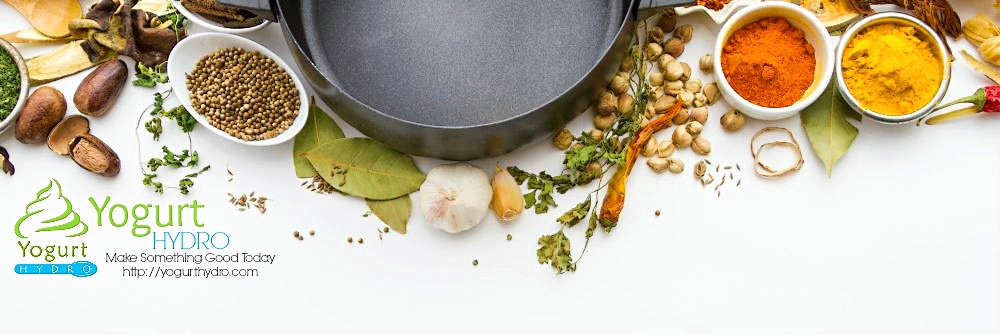Cherry Ginger Beer
2014-05-29- Yield : 2 gallons
- Prep Time : 60m
Experimenting is GOOD!
I stumbled onto this idea while planning a ginger beer. Looking through my fridge and pantry, I spotted some other ingredients that seemed like they might make a nice mixture. I was very happy with the results. I say WAS because believe me this did not last very long once it finished brewing.
The cherries balanced with pineapple and coconut make a wonderful combination! I just wish I’d made more:)
As with all wine making recipes, remember to thoroughly clean and sanitize everything, every time.
Ingredients
- 2 large "fingers" of ginger, grated
- 1/3 jar maraschino cherries (with 1/3rd of the syrup), rough chopped
- 2 cups apple juice (unsweetened, unpasteurized, no preservatives)
- 1/4 cup coconut juice
- 1/2 cup pineapple juice
- handful dried cranberries, rough chopped
- 1 tbsp. peppercorns
- 1 tsp. fennel seeds
- 1/2 cinnamon stick
- 1 tsp. cayenne pepper
- 1 1/4 cups. lemon juice
- pinch sea salt
- 2 tsp. vanilla extract
- 2 cups dark brown sugar
- 5 cups white sugar
- 1 pkg. Lalvin EC-118 Wine Yeast
- 2 gallons water
Method
Step 1
Boil approximately 1/2 gallon of water in large pot with lid. Add ginger, cranberries, cherries, peppercorns, fennel, and cinnamon stick.
Step 2
Reduce heat and simmer 30 minutes to an hour to extract flavours.
Step 3
Strain liquid into primary fermentation vessel using muslin or a few layers of cheesecloth over a funnel. Squeeze juices from pulp. Discard pulp.
Step 4
Add both sugars and stir to dissolve. Mix in juices, vanilla, and sea salt.
Step 5
Add cool water until you reach the 2 gallon mark.
Step 6
When liquid has cooled to 65 - 75 degrees, pitch yeast. (I rehydrate first in 2 oz 80 degree water for 15 minutes, but it could just be sprinkled on top of the 'juice' also)
Step 7
Cover loosely with lid (I used several layers of cheesecloth and an elastic band. Store between 75 - 85 degrees and stir daily for 5 -6 days remembering to sanitize the aerator (or what you have on hand) before each use.
Step 8
On day 6 it is time to 'rack' the wine. You'll notice sediment at the bottom of the container. Without disturbing the sediment, use a sanitized siphon to rack into a secondary fermentation vessel. Cap with airlock.
Step 9
Wine can be left to age anywhere from 2 weeks to a year before bottling. If aging for long periods, rack again every 3 - 6 months, when you notice sediment on the bottom of container. Earlier bottling means you will probably still have some fermentation happening, so expect a carbonated wine! If you want bubbles, leave bottles at room temperature 24 - 48 hours before putting in the fridge.
Step 10
!!!Be aware when bottling!!! Carbonated beverages are releasing gasses that you've now put under pressure in a sealed container. "Bottle Bombs" do occur. To help prevent them, use pop bottles which are designed to withstand pressure from carbonation, don't bottle too soon, and burp the bottles as necessary (over the sink! slowly!) Always open away from face!












posted by Natalie Schwartz on February 8, 2015
This sounds so good!
posted by admin on February 9, 2015
This was one of my favorites – left me wishing I’d made a larger batch!